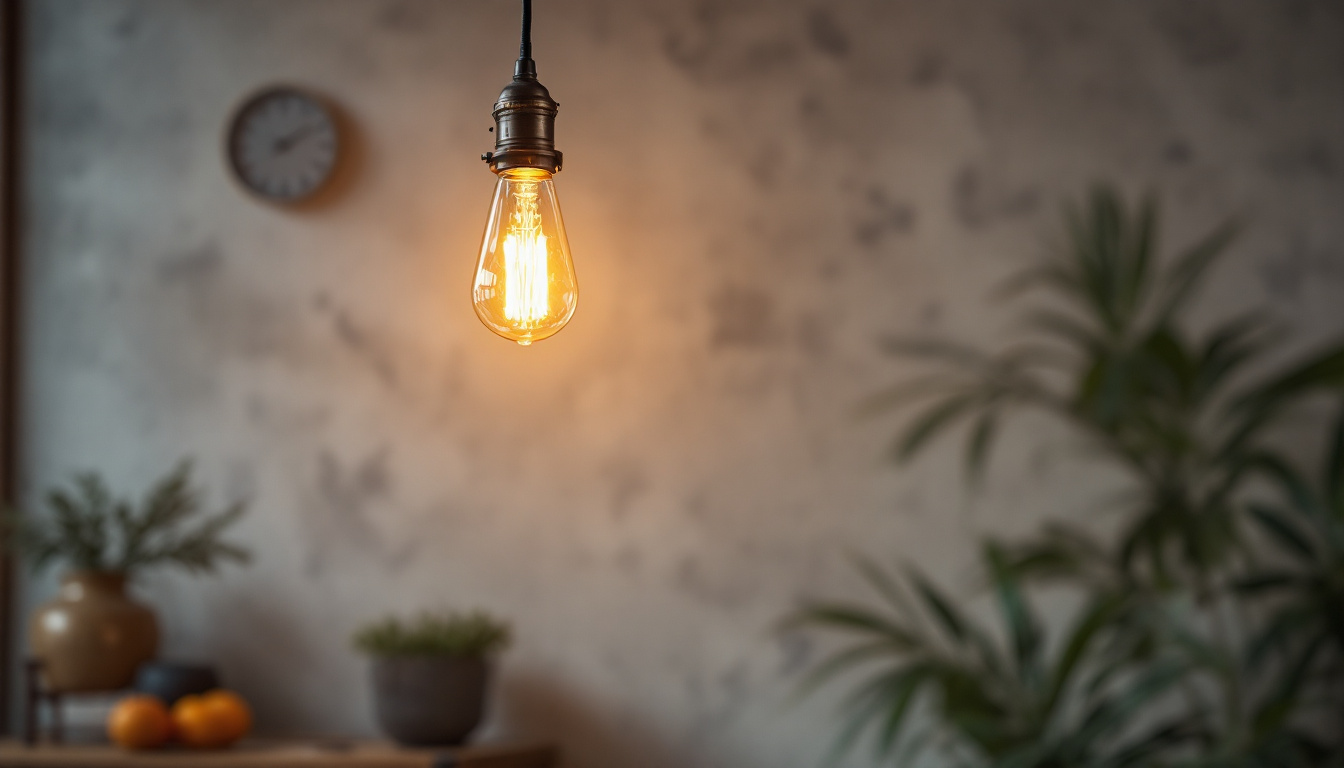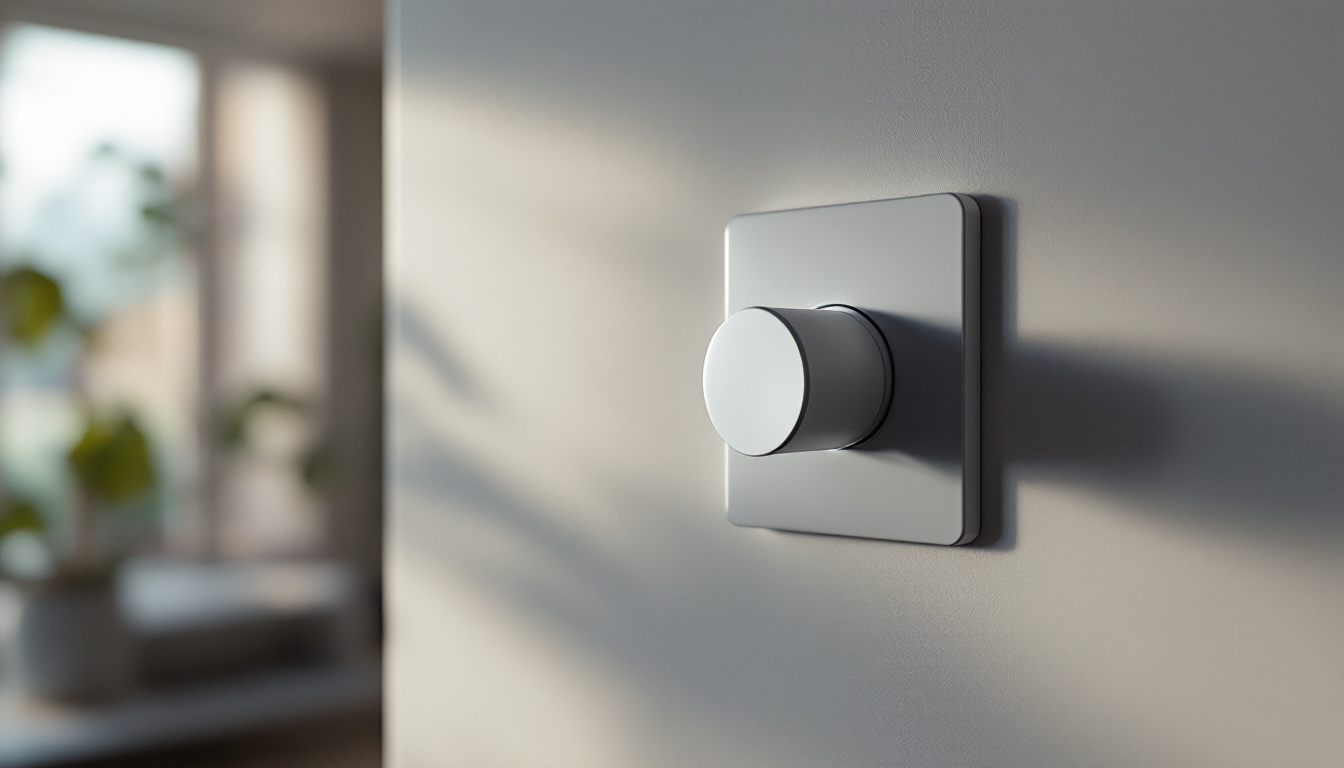

In the world of lighting design, industrial pendant lights have carved out a niche that combines functionality with aesthetic appeal. For lighting contractors, understanding the nuances of these fixtures is essential for successful installations and satisfied clients. This article offers quick tips tailored specifically for professionals in the field, ensuring that every project shines brightly.
Industrial pendant lights are characterized by their robust designs and utilitarian aesthetics. They often feature materials like metal and glass, giving them a distinctive look that fits well in various settings, from modern homes to commercial spaces.
When selecting industrial pendant lights, it’s important to recognize their key features. These fixtures typically have a simple yet striking design, often with exposed bulbs that enhance their industrial charm. The use of durable materials ensures longevity, making them a practical choice for high-traffic areas.
Additionally, the adjustable heights of many pendant lights allow for versatility in installation. This adaptability is particularly beneficial in spaces with varying ceiling heights, ensuring optimal illumination wherever needed. Many designs also incorporate dimmable features, giving users the ability to adjust the ambiance according to the time of day or occasion, further enhancing their functionality.
Industrial pendant lights are not limited to one specific environment. They can be effectively utilized in various settings, including kitchens, dining areas, and even commercial spaces like cafes and warehouses. Their ability to provide focused lighting while enhancing the overall decor makes them a favorite among designers and contractors alike.
In residential applications, these fixtures can serve as statement pieces, drawing attention to dining tables or kitchen islands. In commercial settings, they can create an inviting atmosphere while maintaining a professional look. The versatility of industrial pendant lights also allows them to be paired with other design elements, such as reclaimed wood or vintage furnishings, creating a cohesive aesthetic that resonates with the industrial style. Furthermore, the variety of finishes available—from matte black to polished brass—enables customization to suit individual tastes and design themes, making them a popular choice for both trendy lofts and rustic spaces.
Selecting the appropriate pendant light for a project involves considering several factors. From style to functionality, each aspect plays a crucial role in the overall success of the installation.
The style of the pendant light should complement the existing decor of the space. Industrial designs often feature a mix of vintage and modern elements, making them versatile. Contractors should consider the color palette and materials used in the surrounding environment to ensure a harmonious blend.
Moreover, the scale of the pendant light is vital. A large fixture can become a focal point in a room, while smaller lights can be grouped to create a cohesive look. Understanding the balance between size and space will enhance the overall aesthetic appeal. Additionally, the finish of the pendant light can significantly impact its visual presence; options like matte black, brushed nickel, or even distressed finishes can evoke different moods and styles, further enriching the design narrative of the space.
Another important consideration is the shape of the pendant light. From geometric designs to organic forms, the shape can influence not only the style but also the distribution of light. For example, a wide, shallow pendant might cast a broader light, making it ideal for larger dining tables, while a narrow, elongated fixture could provide focused illumination over a kitchen island, enhancing both functionality and visual interest.
Beyond aesthetics, functionality is paramount. Contractors must assess the purpose of the lighting. Is it meant to provide task lighting for workspaces, or is it intended to create ambiance in a dining area? Understanding the specific needs of the client will guide the selection process.
For instance, adjustable pendant lights can be particularly useful in workspaces where different tasks may require varying levels of illumination. Dimming options can also add flexibility, allowing users to tailor the lighting to their preferences. Furthermore, the type of bulb used in the pendant light can greatly affect both the quality of light and energy efficiency. LED bulbs, for example, not only consume less power but also have a longer lifespan, making them a practical choice for high-use areas.
Additionally, the installation height of the pendant light is crucial for maximizing its effectiveness. Pendant lights hung too low can obstruct views or create a cramped feeling, while those hung too high may fail to provide adequate illumination. A general guideline is to hang pendant lights approximately 30 to 36 inches above a dining table or countertop, ensuring that they serve their purpose without hindering the flow of the space. This careful consideration of height, combined with the right bulb choice and fixture design, can transform a simple lighting installation into a stunning visual statement that enhances both functionality and style.
Proper installation is crucial for maximizing the effectiveness of industrial pendant lights. Following best practices ensures safety, functionality, and aesthetic appeal.
Before installation, thorough planning is essential. Contractors should assess the electrical setup and ensure that the location is suitable for the chosen fixture. This includes considering the height at which the pendant will hang, as well as the proximity to other light sources. The layout of the space should also be taken into account to achieve even illumination and avoid shadows that could affect visibility in work areas.
Additionally, having the right tools on hand will streamline the installation process. A checklist of necessary equipment can help avoid delays and ensure that the installation goes smoothly. Beyond basic tools like screwdrivers and pliers, specialized equipment such as a laser level can assist in achieving precise alignment, while a voltage tester can provide peace of mind by confirming that the electrical supply is safely disconnected prior to installation.
Safety should always be a priority when working with electrical fixtures. Contractors must ensure that the power supply is turned off before beginning any installation work. Proper wiring techniques should be employed to prevent any electrical hazards. This includes using appropriate gauge wire for the load and ensuring that all connections are made in accordance with local electrical codes. Familiarity with these regulations can prevent costly fines and ensure compliance with safety standards.
It’s also advisable to use high-quality connectors and ensure that all connections are secure. This not only enhances safety but also improves the longevity of the fixture. Regular maintenance checks after installation can help identify any potential issues early on, such as loose connections or signs of wear, which can be addressed before they escalate into more significant problems. Additionally, considering the use of dimmers or smart controls can enhance the functionality of the lighting system, allowing for customizable brightness levels that cater to different tasks and moods within the industrial space.
Once installed, maintaining industrial pendant lights is essential for ensuring their longevity and continued performance. Regular upkeep can prevent potential issues and keep the lights looking their best.
Dust and grime can accumulate on pendant lights, diminishing their appearance and effectiveness. Regular cleaning is recommended, using a soft cloth and appropriate cleaning solutions based on the materials of the fixture. For glass components, a glass cleaner can restore clarity and shine.
Contractors should also advise clients on the importance of checking the bulbs periodically. Replacing burnt-out bulbs promptly not only maintains the aesthetic but also ensures that the space remains well-lit.
Even well-installed lights can encounter issues over time. Common problems include flickering bulbs or lights that fail to turn on. Contractors should be prepared to troubleshoot these issues, which may involve checking the wiring, replacing bulbs, or ensuring that the fixture is properly connected to the power source.
Educating clients on these potential issues can also empower them to address minor problems independently, reducing the need for service calls.
The lighting industry is constantly evolving, with new technologies and designs emerging regularly. Staying informed about these innovations can provide contractors with a competitive edge.
With a growing emphasis on sustainability, energy-efficient lighting solutions have become increasingly popular. LED industrial pendant lights offer significant energy savings while providing high-quality illumination. Contractors should consider recommending these options to clients looking to reduce energy consumption and lower utility bills.
Furthermore, many LED fixtures now come with adjustable color temperatures, allowing users to customize the ambiance of a space. This flexibility can enhance the overall experience for occupants, making it a valuable selling point.
Smart lighting technology is another area gaining traction in the industry. Many modern pendant lights can be integrated into smart home systems, allowing users to control their lighting through mobile apps or voice commands. This added convenience can be a significant selling point for clients looking to enhance their living or working environments.
Contractors should familiarize themselves with the various smart lighting options available, as this knowledge can help them provide tailored solutions to clients seeking modern upgrades.
Industrial pendant lights offer a unique blend of style and functionality, making them an excellent choice for a variety of applications. By understanding their features, choosing the right designs, and following best practices for installation and maintenance, lighting contractors can ensure successful outcomes for their projects.
Staying informed about the latest innovations in the industry will further enhance a contractor’s ability to meet client needs effectively. With these quick tips, lighting contractors can confidently navigate the world of industrial pendant lighting, delivering exceptional results that illuminate spaces beautifully.
Ready to elevate your lighting installations with the perfect industrial pendant lights? At LumenWholesale, we provide lighting contractors with exceptional, spec-grade lighting solutions at prices that can’t be beaten. Say goodbye to local distributor markups and hello to our expansive selection of high-quality, reliable lighting options. Plus, with free shipping on bulk orders, you can stock up on premium lighting without worrying about hidden fees. Don’t compromise on quality or value—choose LumenWholesale for the best in lighting affordability and convenience. Start browsing our collection now and experience the difference: Wholesale Lighting at the Best Value.

Discover essential insights and tips for lighting contractors in this comprehensive guide.

Discover how B type light bulbs can transform your lighting installation projects with enhanced efficiency and versatility.

Explore the transformative journey of dimmer technology in the lighting industry, from its early innovations to cutting-edge advancements, and discover how it continues to shape modern illumination solutions..

Discover the hidden pitfalls of purchasing cylinder lights in bulk from local distributors.
Get notified when NEW deals are released.
Optimize your budget with wholesale discounts.
Only top-quality, specification-grade lighting products.
No additional costs at checkout - what you see is what you pay.
We understand the unique needs of contractors.